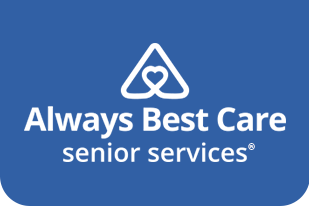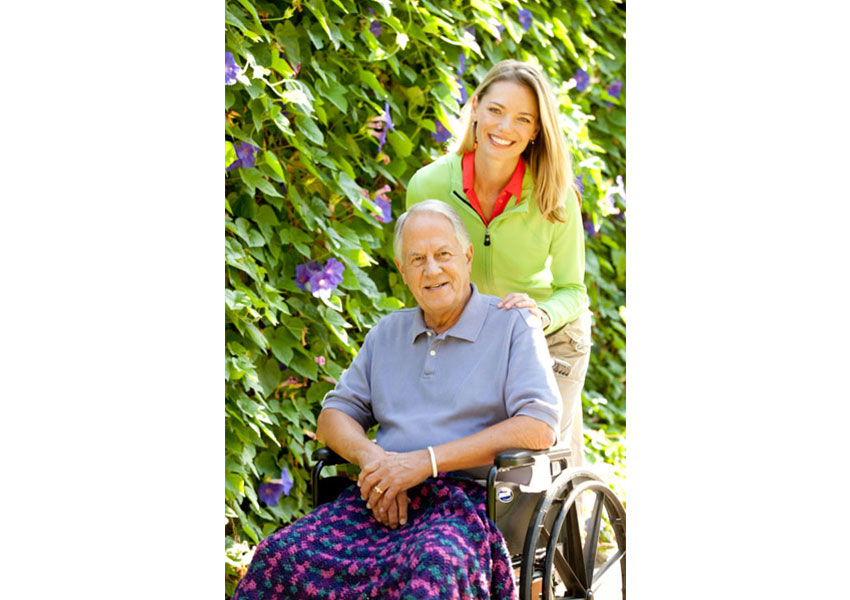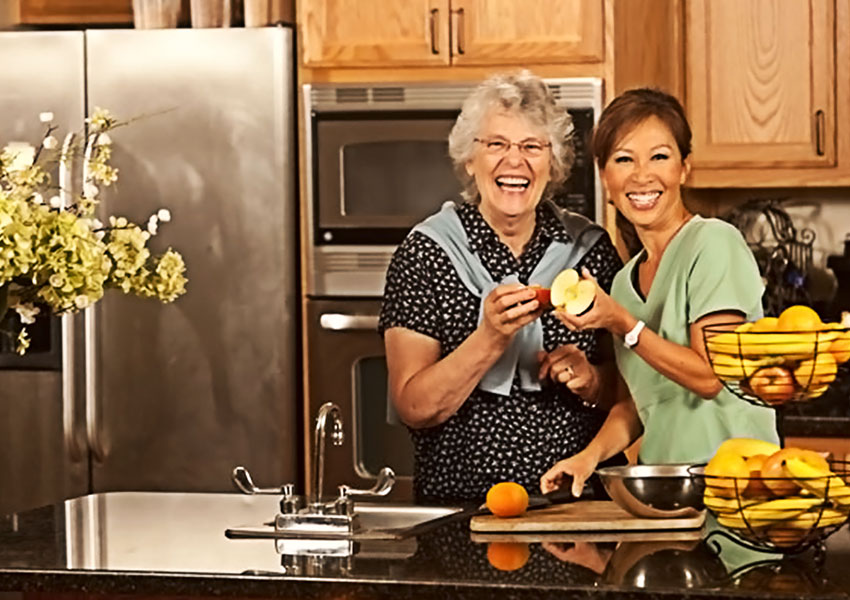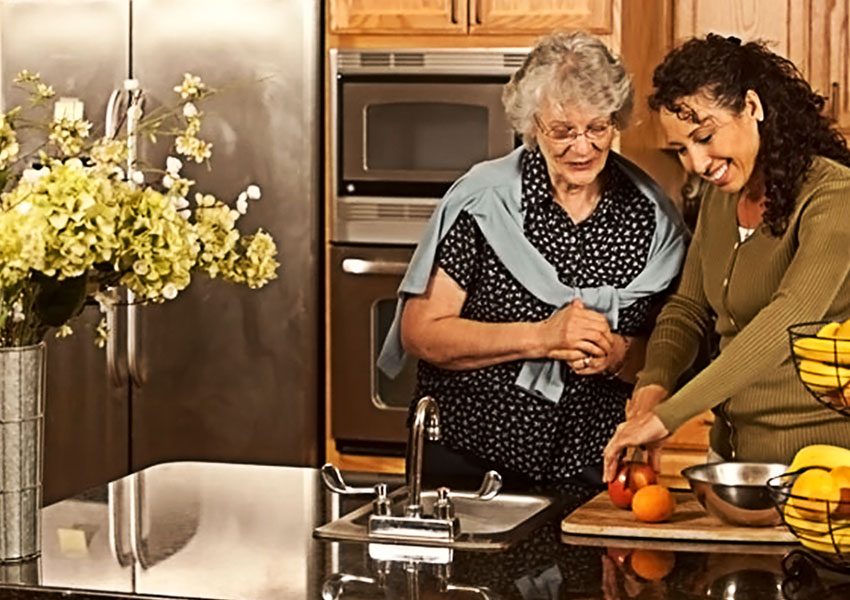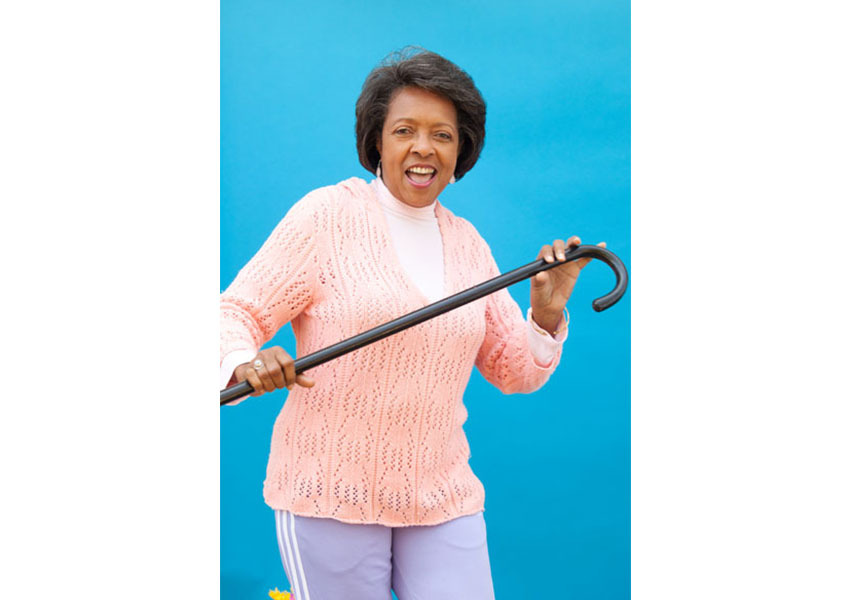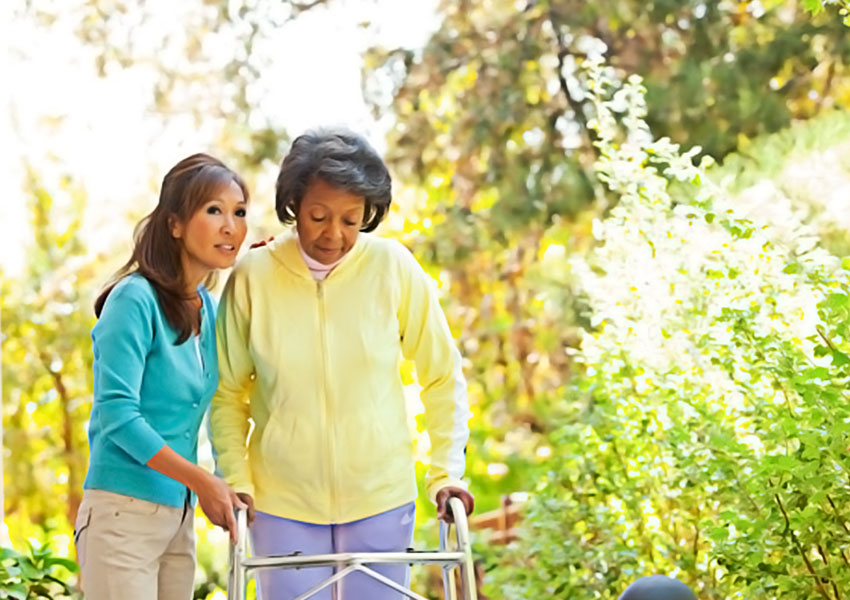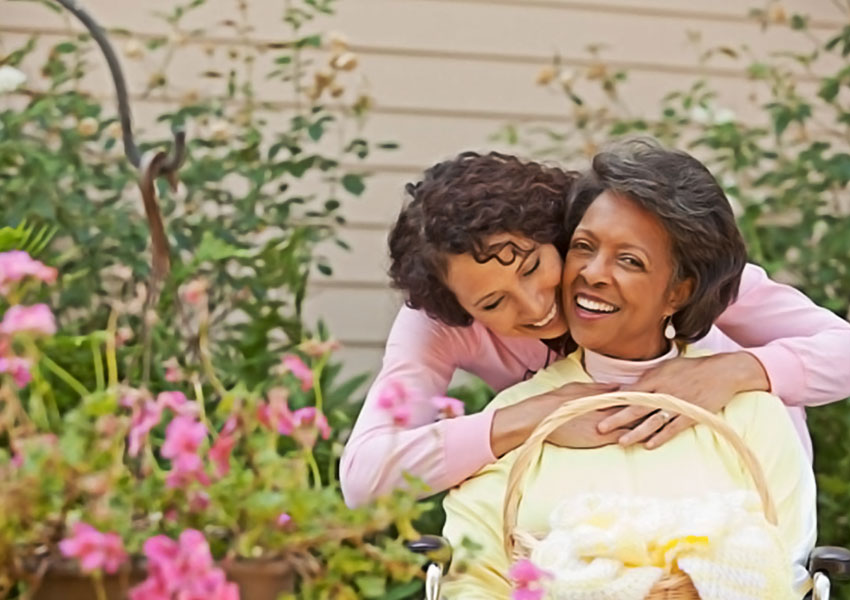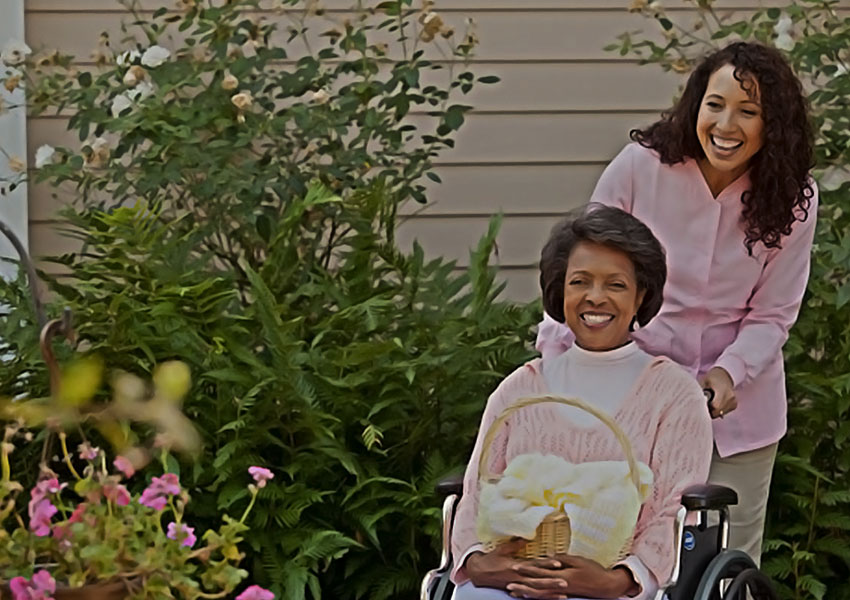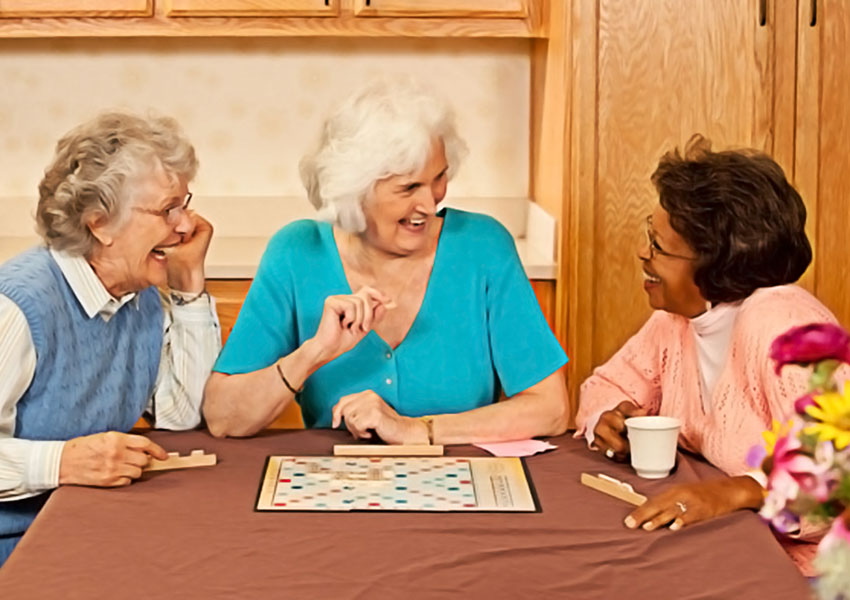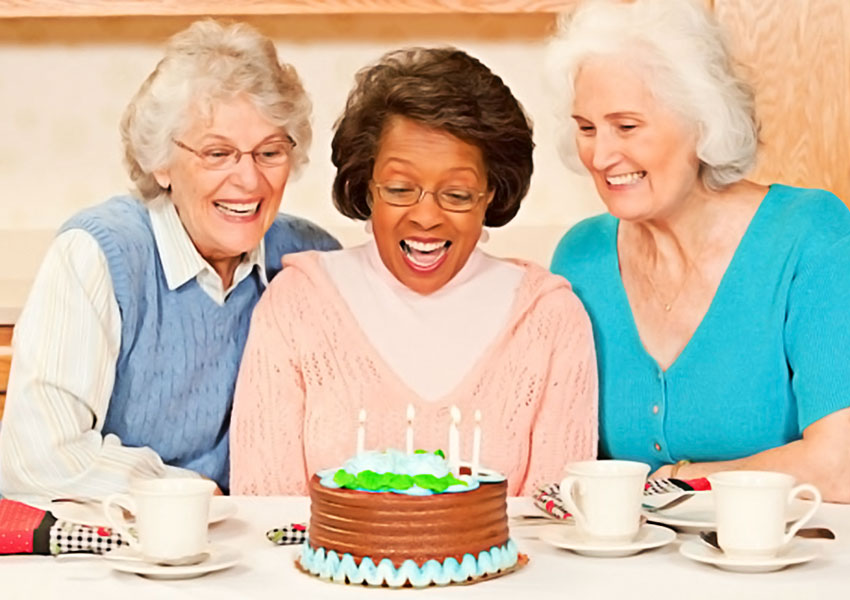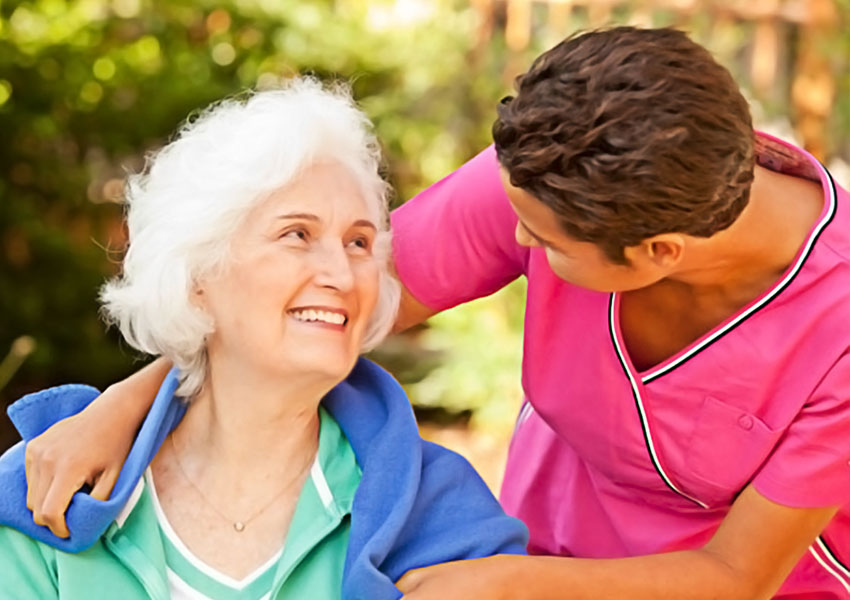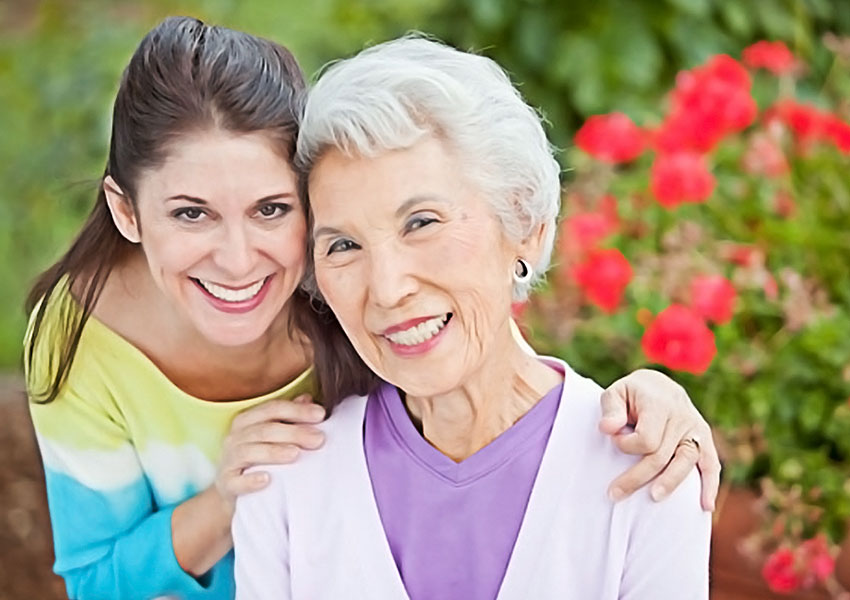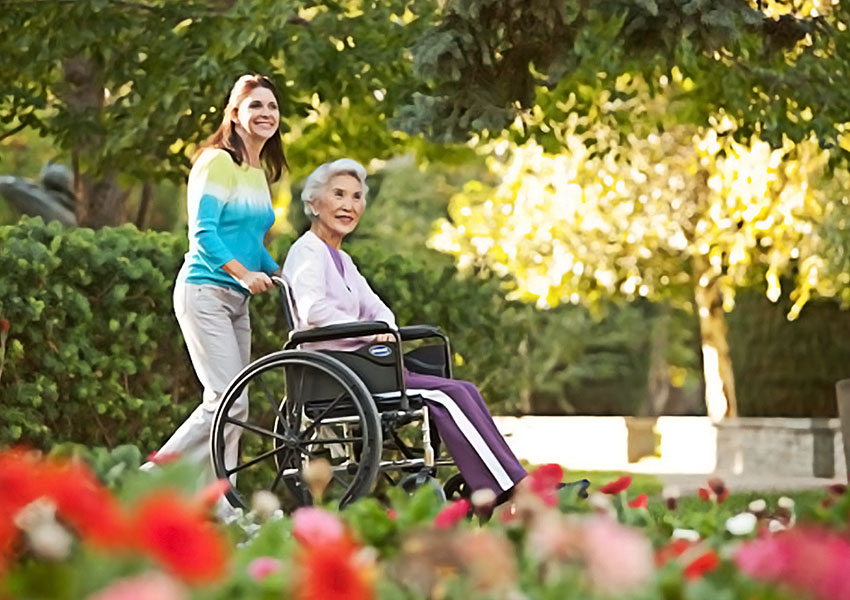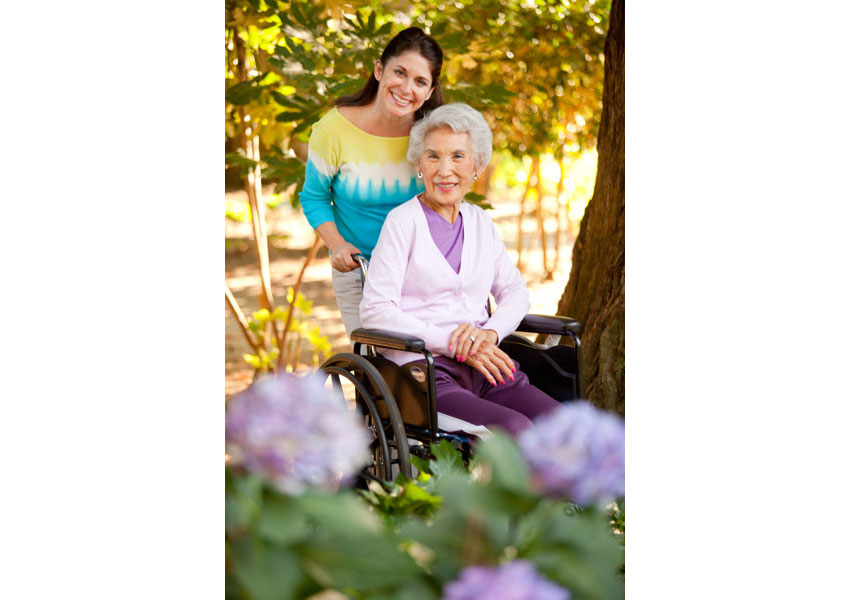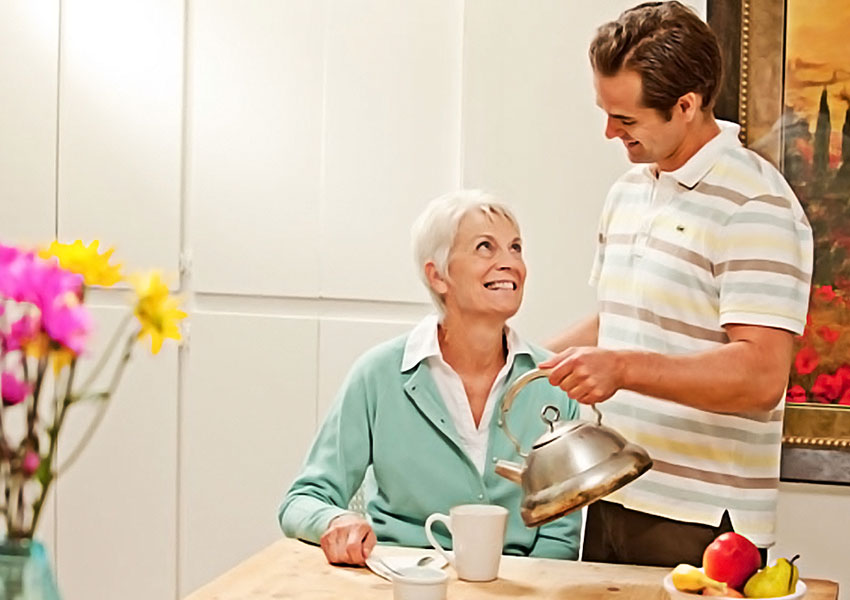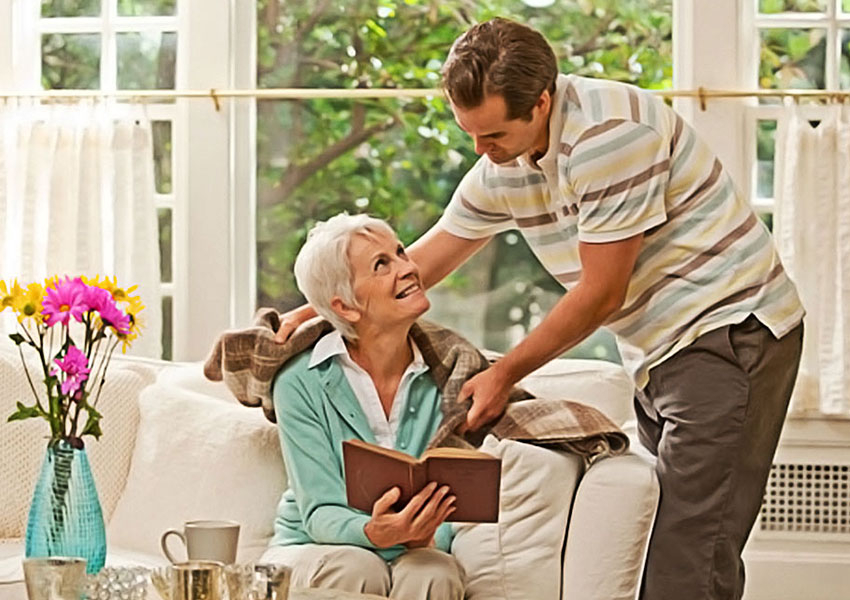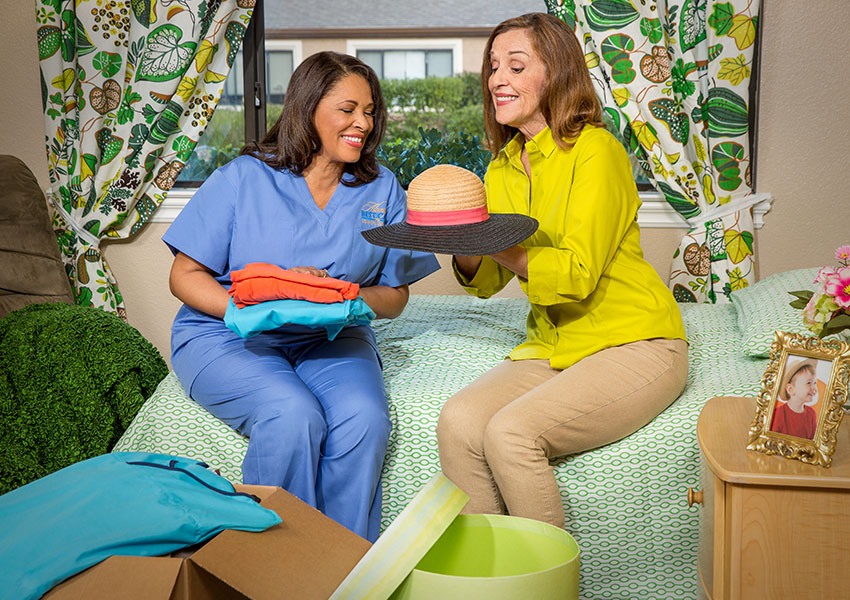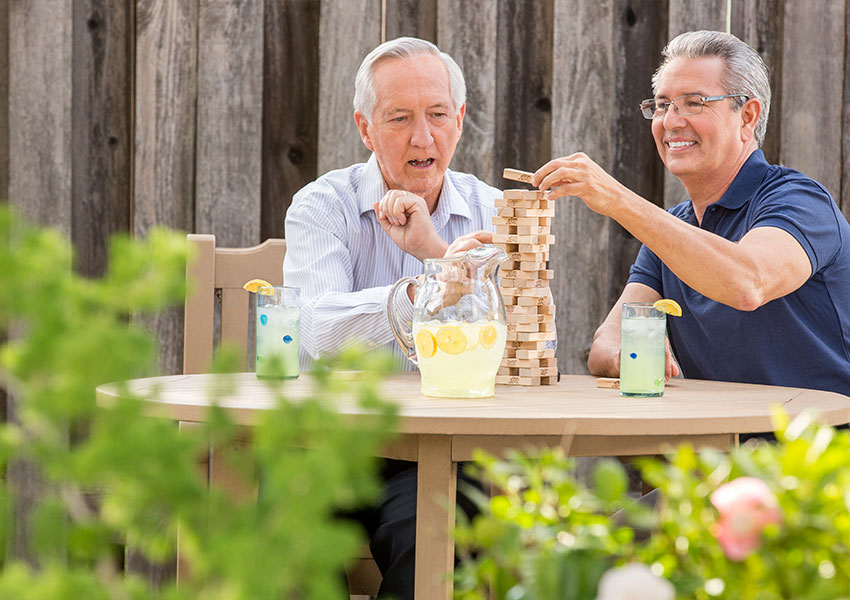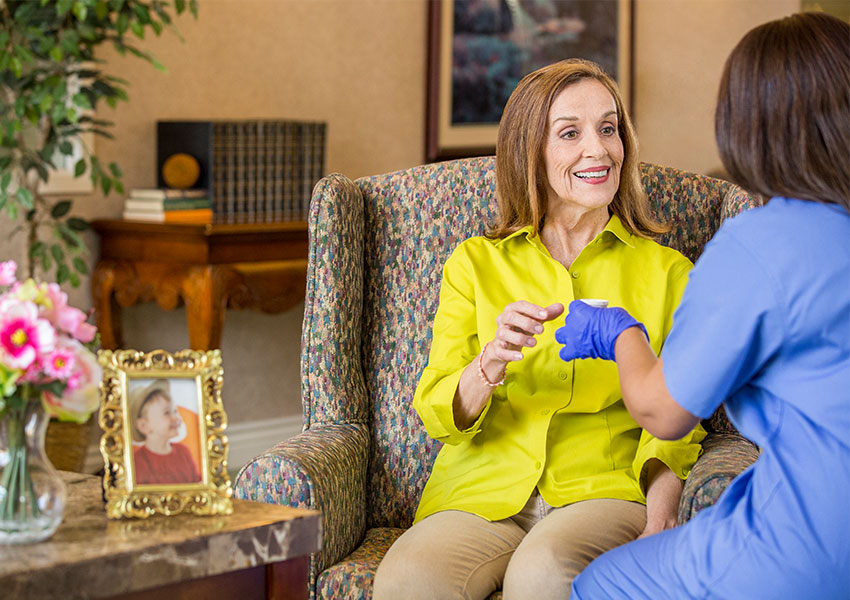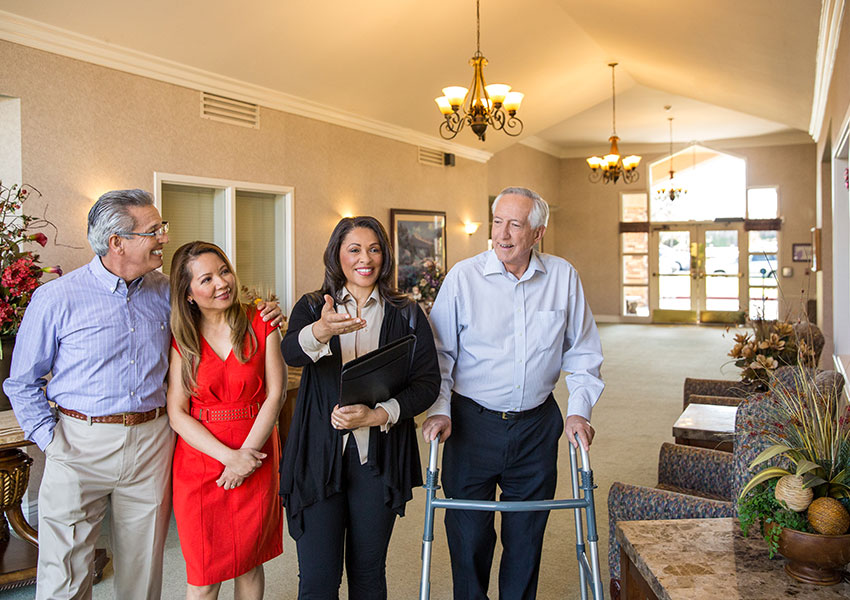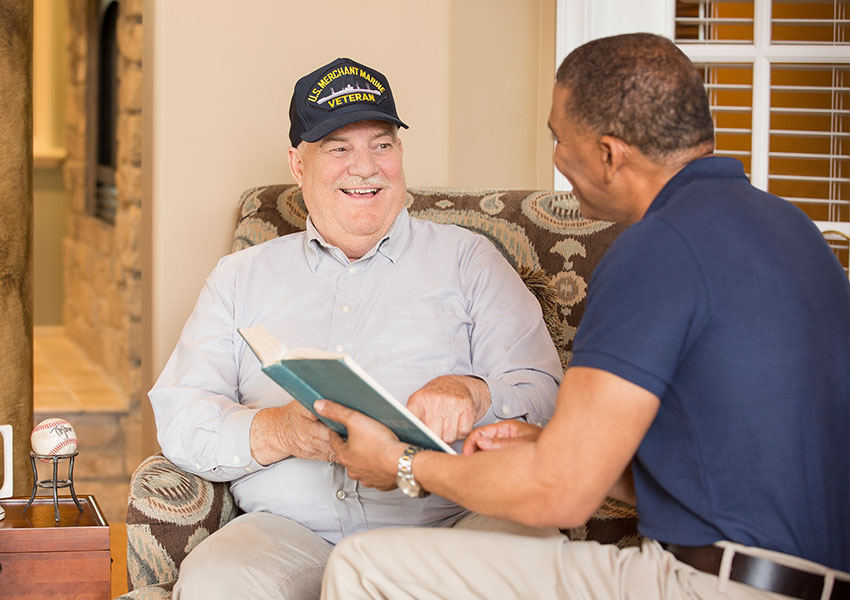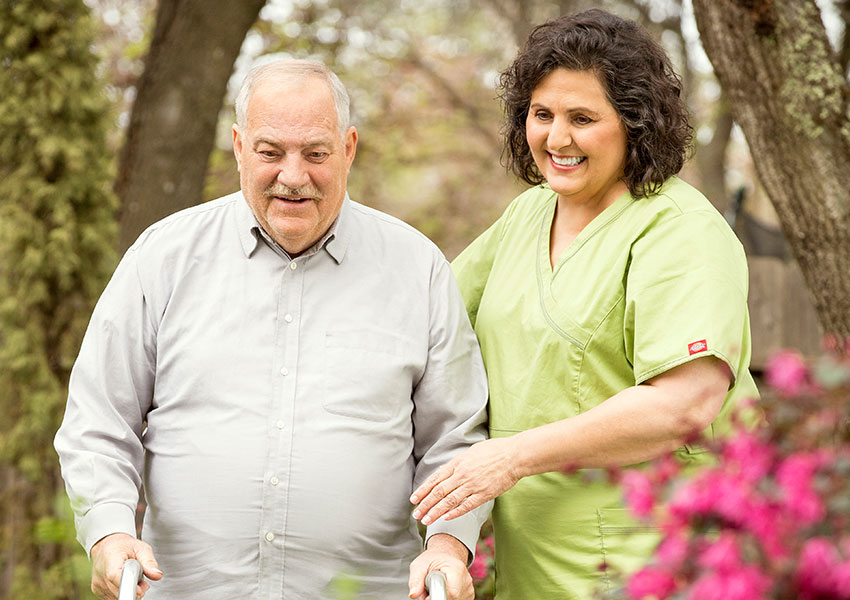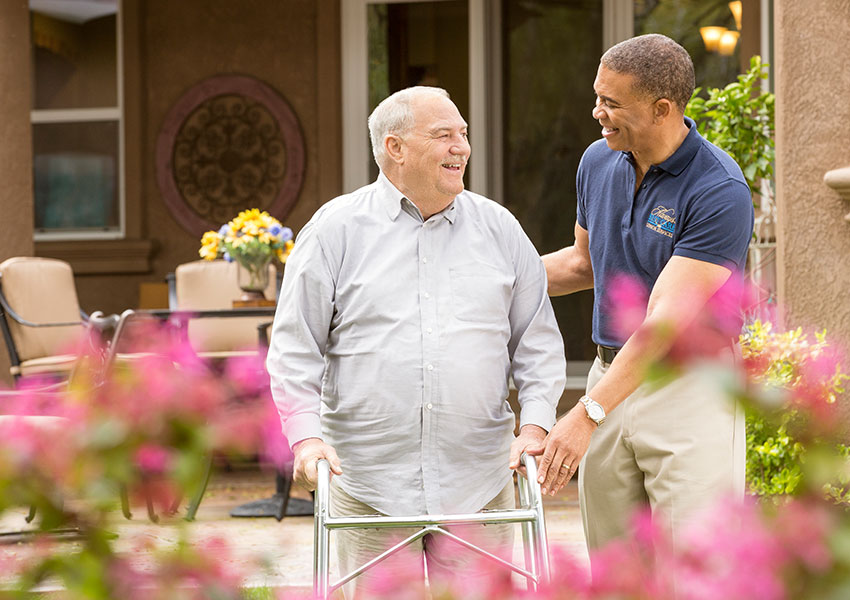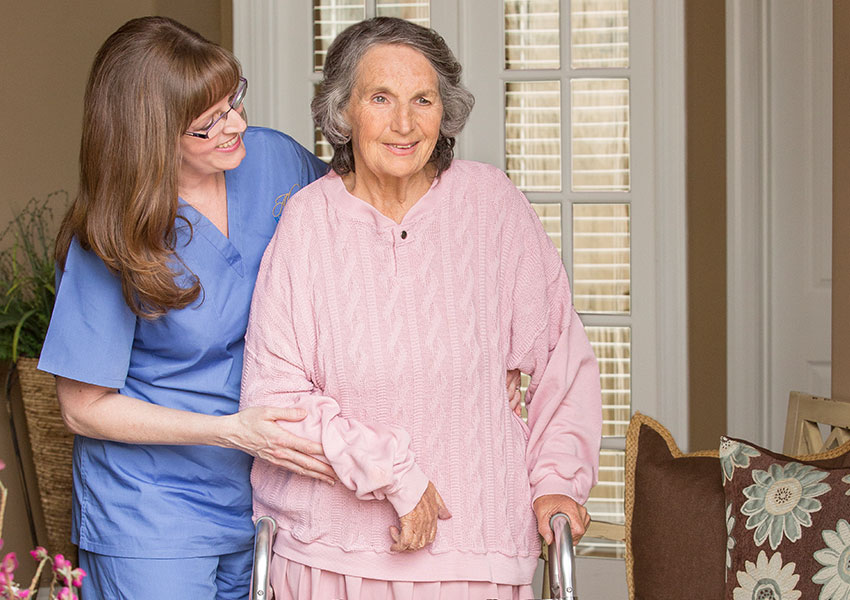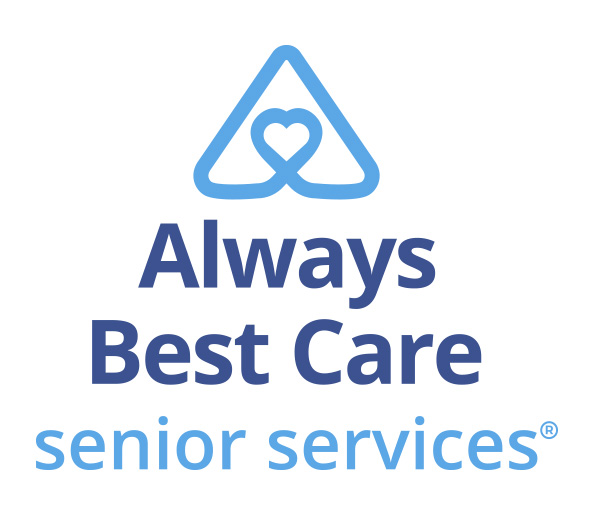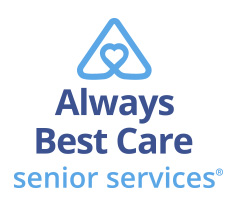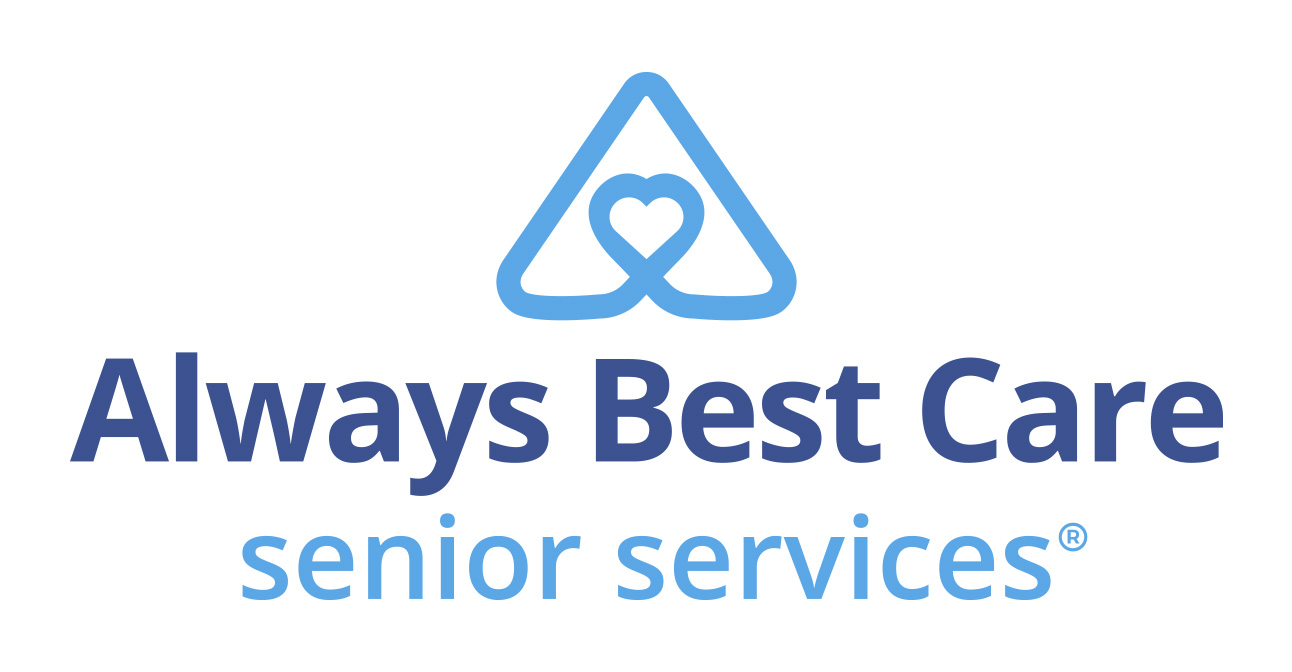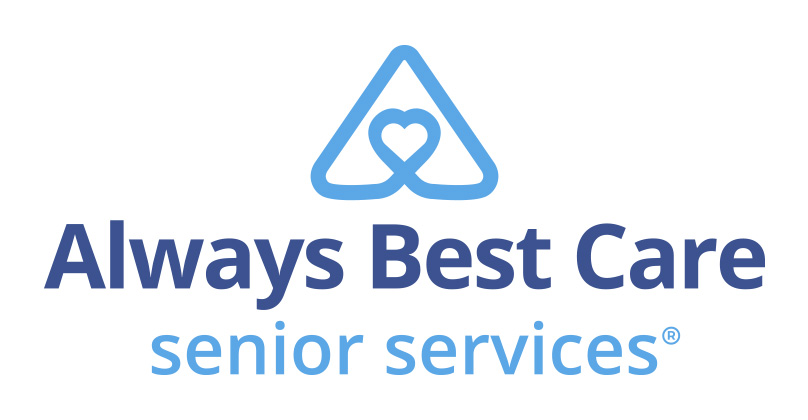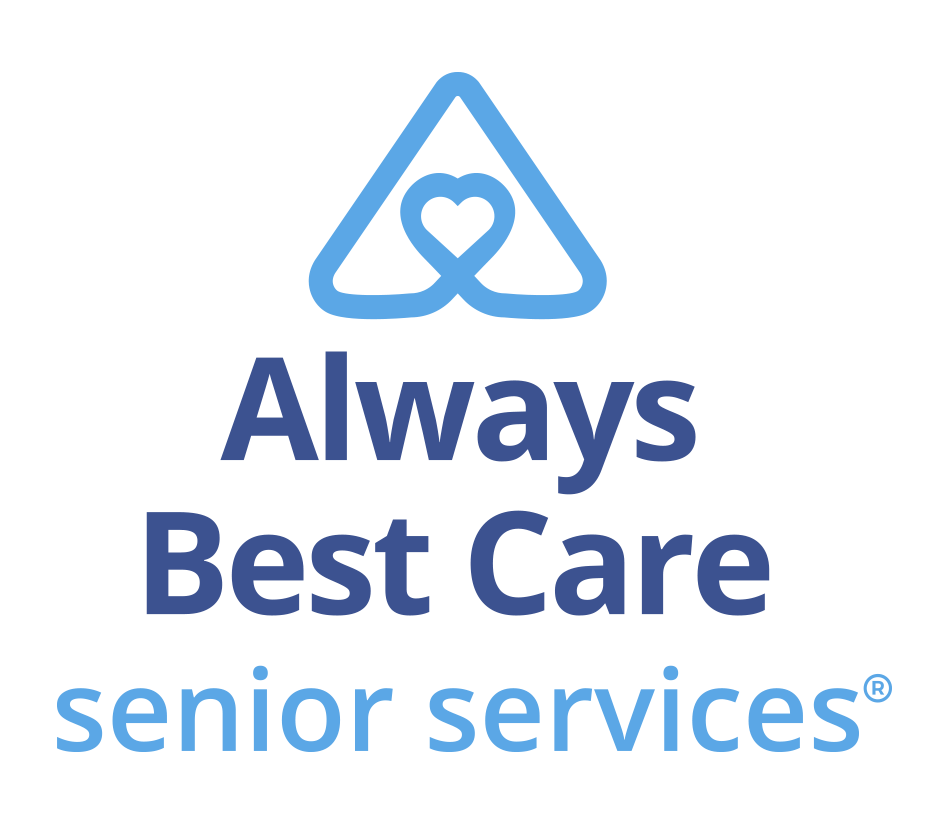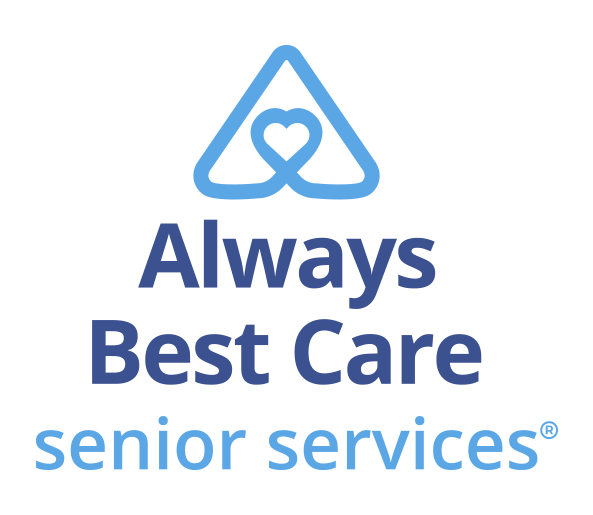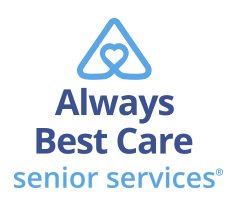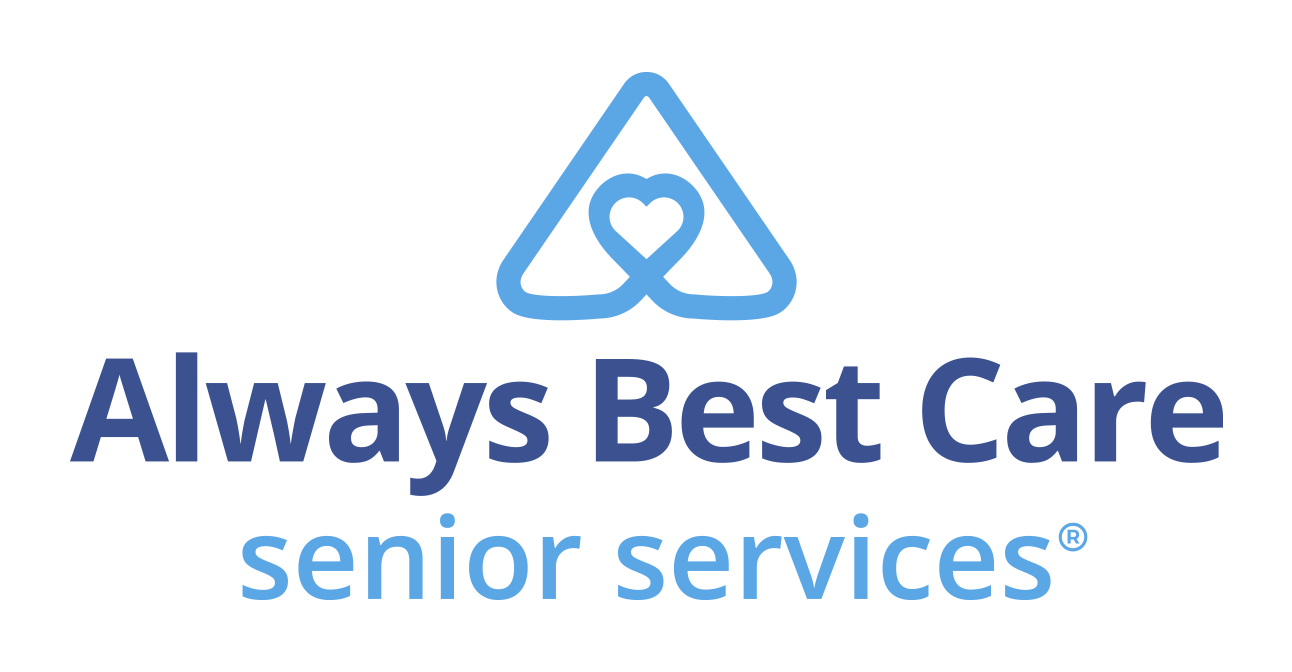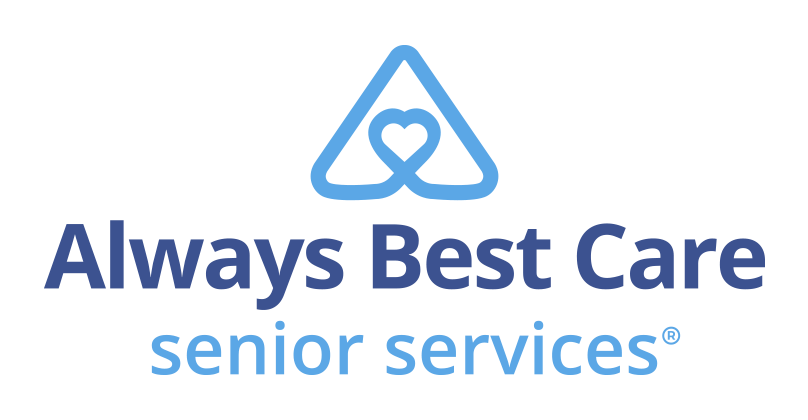
The most common form of dementia, Alzheimer’s disease is caused by damage done to neurons in the brain which are nerve cells that are connected to our memory and other cognitive skills. Victims of Alzheimer’s can be affected in some critical ways such as:
- Declining memory
- Altered behavior
- Loss of ability to think clearly
- Bed bound
- Emotionally volatile
In the United States alone, there are nearly 5.2 million American’s living with Alzheimer’s disease, a majority of which are in need of in home care. Not to mention that every 67 seconds somewhere in the United States someone new develops Alzheimer’s disease. To top it off, a little known fact is that Alzheimer’s disease is given credit for being the 6th leading cause of death for American’s, nearly half a million people in the United States die per year of the debilitating disease. Matter of fact, Alzheimer’s disease claims more lives than the combination of both prostate cancer and breast cancer. It is also the one leading cause of death that is not preventable and yields no known cure at this point in time. Needless to say, it’s not something to take lightly.
What are the symptoms?
As all senior care professionals know, there are many symptoms that can point toward the development of Alzheimer’s disease. When an older member of the family or a loved one begins to exhibit such symptoms it is highly advisable to visit a healthcare professional who can determine whether or not Alzheimer’s is in fact rearing its ugly head. Some of the major things to keep an eye out for are:
- Loss of short-term memory: this is a major indicator that Alzheimer’s disease may be developing as it is the most common symptom to appear during the early stages.
- Familiar tasks become challenging: Familiar everyday tasks or chores should be second nature. If bathing, washing dishes, checking the mail, brushing teeth have become difficult this is another indication that Alzheimer’s may be developing.
- Disorientation: Losing track of oneself and/or environment is a blaring symptom. For example, confusing one room for another, or getting lost inside of your own neighborhood are clues. Putting items in obviously wrong places is another way to determine if a loved one is experiencing disorientation.
- Difficulty with planning and managing: If tasks that require a fair amount of detail become increasingly difficult, this may be a tell-tale sign.
- Language issues: Struggling to find words, using malapropisms, broken sentences or incoherent statements are big signs.
- Random mood swings: The lack of control over one’s emotions can range from happy to sad, or calm to livid. Mood swings can be triggered by the smallest thing and quite often have no rhyme or reason to them at all.
- Loss of motivation: When there’s less and less enthusiasm put toward things that were once very enjoyable like spending time with friends and family or hobbies then an issue may be arising.
- Altered Sleep Pattern: While this is self-explanatory, it is something to keep an eye open for if the irregularity becomes habitual.
How can it affect us?
As stated earlier, approximately 5.2 Americans are afflicted with Alzheimer’s disease today. Not to mention the new victims are had nearly every minute. Of the 5.2 million Alzheimer’s victims approximately 3.2 million are women, which is nearly two thirds of the population suffering from Alzheimer’s disease. It’s come to light that Alzheimer’s disease has an especially nasty habit of developing in women over the age of 60. Matter of fact, women who are 60+ are twice as likely to develop Alzheimer’s than breast cancer.
In 2013, the costs to the American Society of Caring for those with Alzheimer’s climbed to an estimated $214 billion. The average per-person Medicare spending for seniors with Alzheimer’s disease is 19 times higher than that of seniors with any other condition. So it is no surprise that one out of every 5 dollars of Medicare funding is spent on cases associated with Alzheimer’s disease and other forms of dementia.

What can you do for your loved one(s)?
There comes a point for which families or loved ones simply cannot tend to an Alzheimer’s victim on their own. It’s important to be able to recognize when this time comes because when it does, it’s best that family members come together in order to find the next step toward getting their loved one the proper care that they deserve. When this happens it is highly recommended to seek out in home elderly care.
Caregivers
Caregiving to a victim of Alzheimer’s disease can be all encompassing. Typically, and to a great extent, victims require assistance with activities of daily living (ADL). Caregivers are known for being experts and professionals at assisting with ADLs such as:
- Getting in and out of bed
- Dressing
- Getting to and from toilet
- Bathing
- Managing incontinence and diapers
- Feeding
- As well as chores such as paying bills, clearing, etc.
In many scenarios, families that are concerned about the treatment, tending to, and overall well-being of their family member can create a list of what expectations they have for their senior home care provider, including what they need from the caregiver, and so forth.
